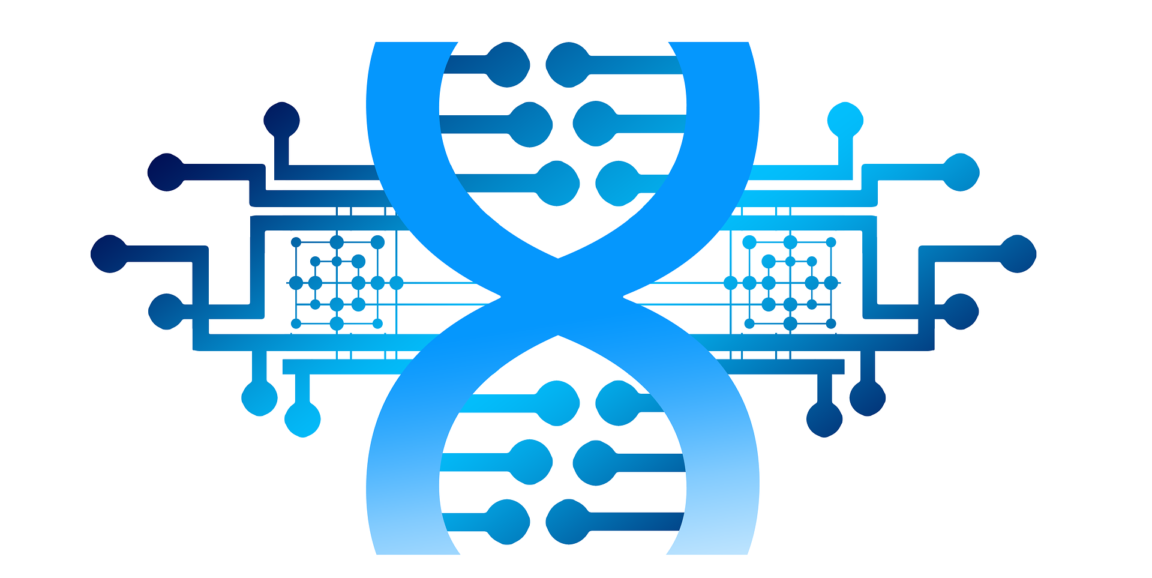Every person distills down to a script of DNA, and researchers are increasingly mining this genetic information to better inform care. Now, scientists have shown how RNA -- an offshoot of DNA -- is coming into its own as doctors sleuth out difficult-to-diagnose illnesses.
In a new study in Nature Medicine, Stephen Montgomery, PhD, a Stanford associate professor of pathology and of genetics, shows why the transcriptome, the collection of RNA molecules in a cell, is a crucial clue to help decipher the source of some rare diseases.
I had a chance to chat with Montgomery, getting his take on the value of transcriptomics, how it can boost the disease-diagnosing power of gene sequencing and how he and his team are using RNA to zero in on the cause of rare diseases.
We're probably all aware that DNA makes up all of our genes. But for these genes to actually have an effect, their genetic code is used to make molecules that are useful in the body, such as a proteins.
During this process, there's an intermediate step where the DNA of a gene is expressed, and it gets transformed into molecules known as messenger RNA. This mRNA clues us into which genes are active in an individual.
Collected as a whole, these mRNA molecules form the transcriptome. It allows us to study the activity of all the genes in a particular cell, or in a particular biological state. We can, for instance, use a sample of an individual's blood to determine what genes are active at any given time, like when he or she is experiencing a strange medical symptom. But unlike DNA, which is more like a static blueprint of a person's biology, mRNA is dynamic. Depending on what people do -- smoke, eat fatty foods, run, whatever -- it can change how genes are expressed and we can use those expression patterns to decipher all sorts of different health risks or exposures.
Right now with genome sequencing we can identify hiccups in the DNA, such as mutations, which are more broadly known as gene variants. But we all have a variety of these gene variants, and not all of them are bad; some don't have any effect. With transcriptome sequencing, we're able to see if those genes, variants and all, are functioning normally. Sometimes a gene that looks fine on the level of its DNA is actually malfunctioning, producing too much or too little protein, for instance. And we can detect this from the transcriptome.
So when evaluating a patient's transcriptome, the two things that we've focused on have been the level of gene expression and how that level compares to healthy individuals, as well as something called splicing, which is how the transcript is pieced together to make the correct sequence of mRNA.
We had a female who was experiencing problems with normal development. After developing normally until she was 18 months, she started having problems with head control and speech; at 21 months she started developing tremors, and at 22 months, seizures.
So we did DNA sequencing and we found about 110 different genes that could have been causing the problem. But by adding information from her transcriptome, we were ultimately able to home in on one specific gene because we saw a particular abnormality in the mRNA. The abnormality we found reflected knowledge from the literature about aberrant mRNA patterns that can lead to symptoms similar to hers. So using the transcriptome allowed us to narrow down a very large number of candidate genes down to one, which gave us some real traction on this case.
Our hope is that in the future, we'll be able to use this information in developing new approaches for gene therapy as that field continues to advance.
Photo by geralt




